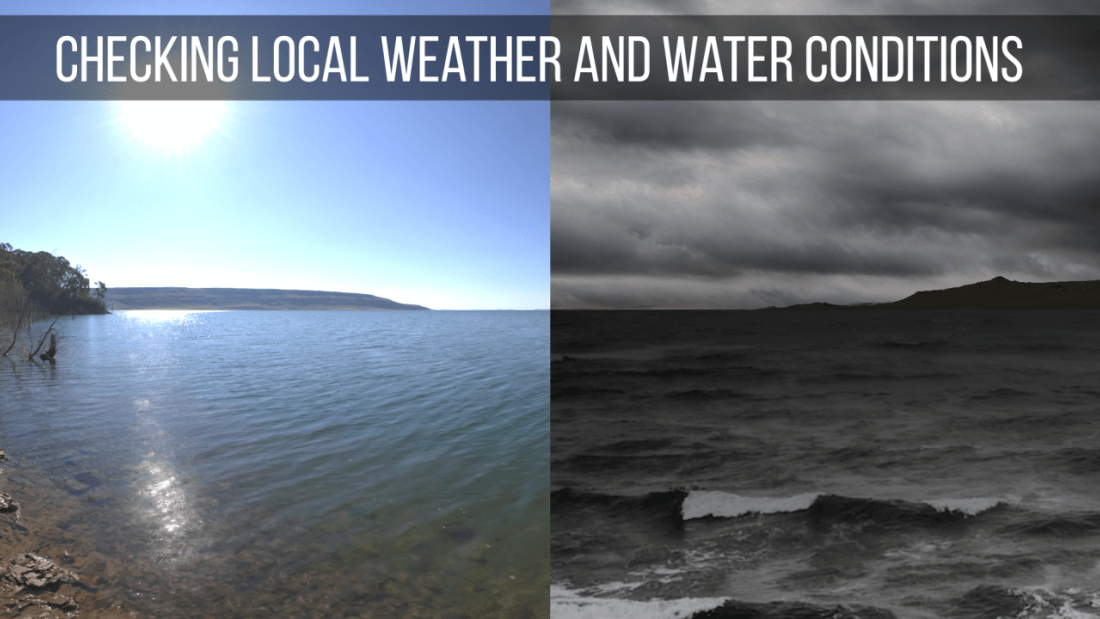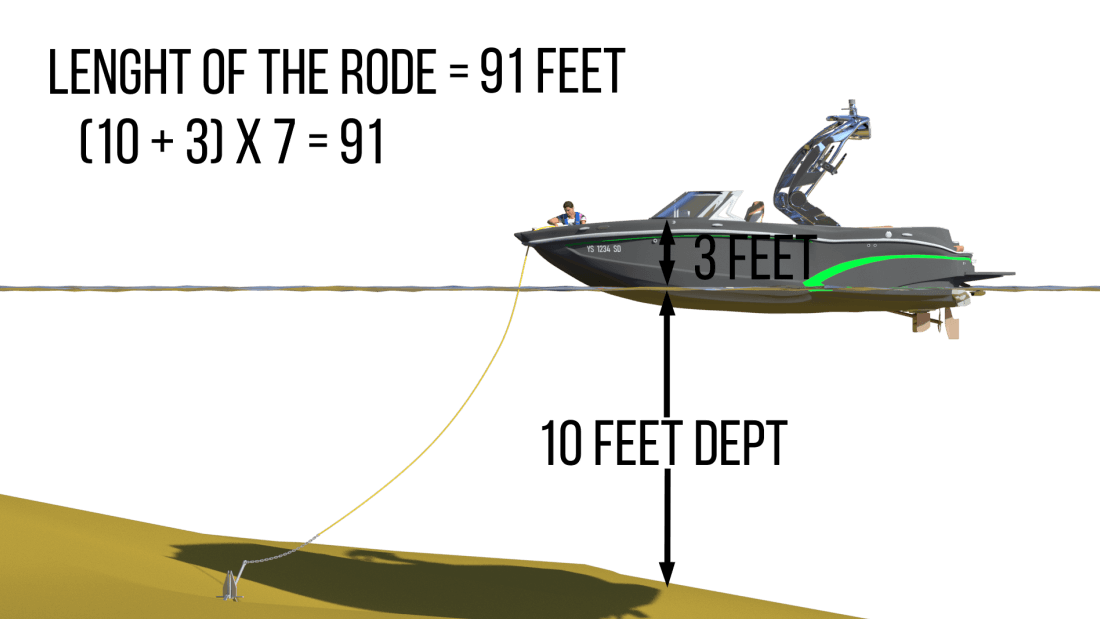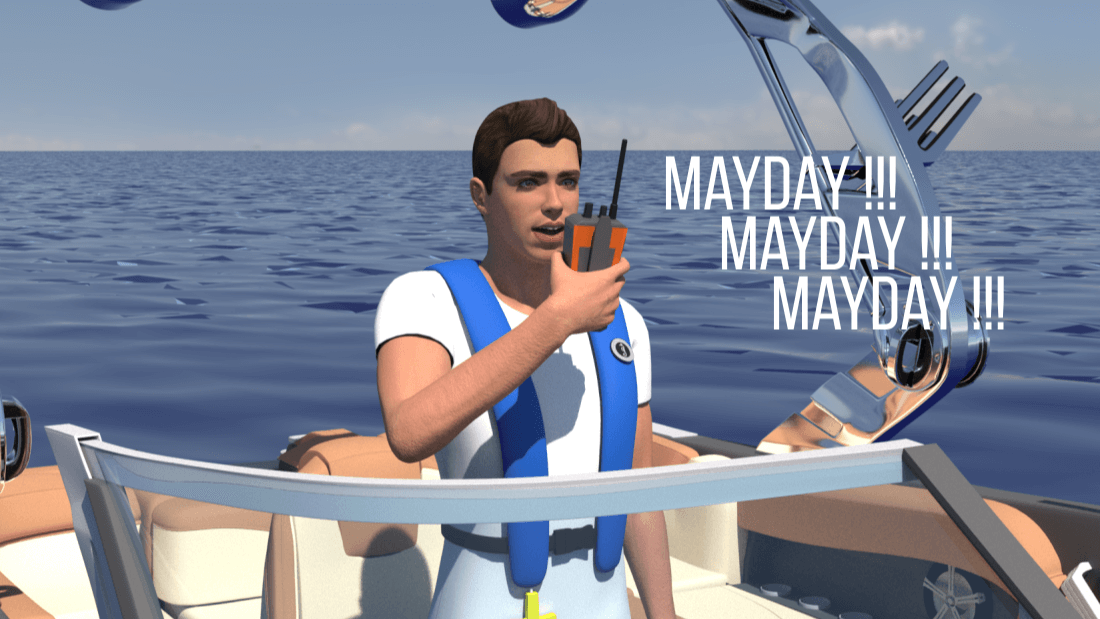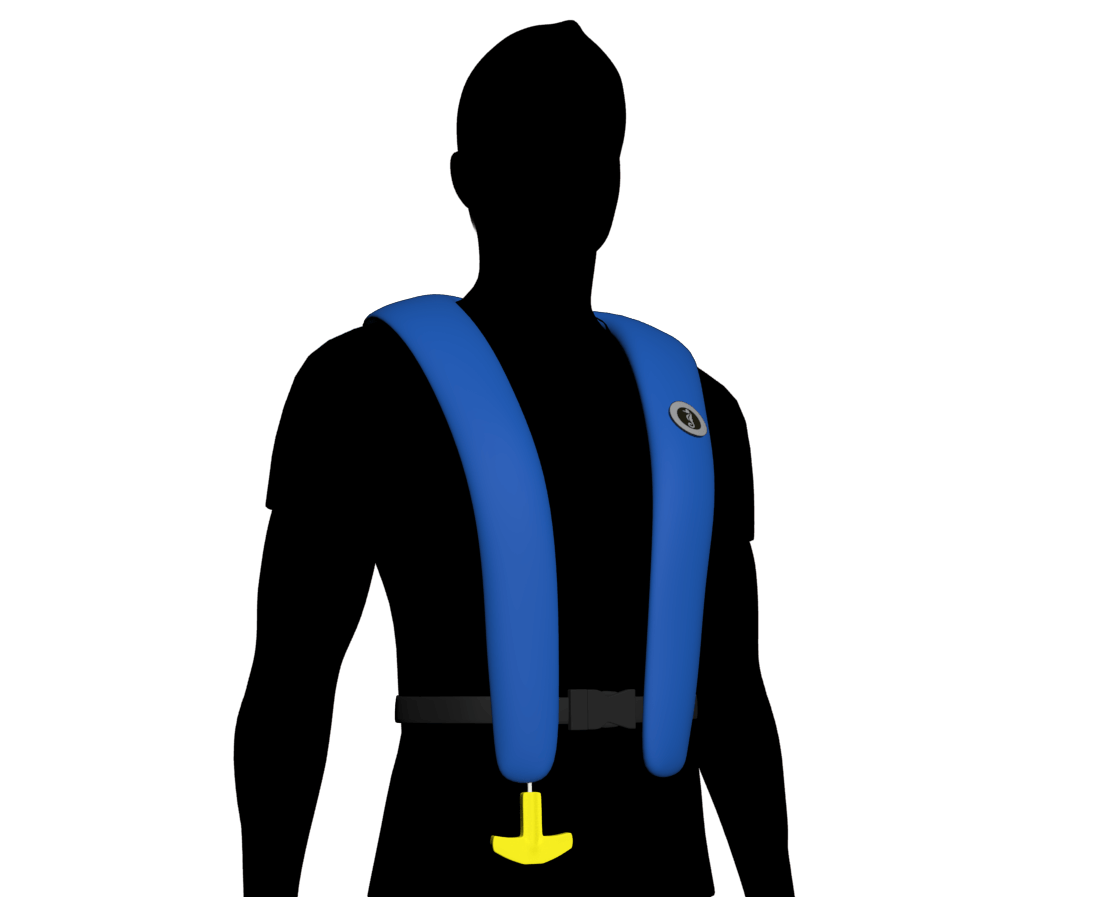Boating in Bad Weather: How to Stay Safe When the Storm Hits

Boating can be pure joy — calm water, sunshine, and freedom on the open sea or lake. Yet weather can change faster on the water than anywhere else. A gentle breeze can become a squall within minutes, and even experienced skippers can be caught off guard.
Knowing how to recognize, prepare for, and respond to bad weather can mean the difference between an uncomfortable trip and a life-threatening emergency. This guide explains what every boater should do before, during, and after a storm to stay safe.
1. Respect the Weather
The first rule of boating safety is simple: the weather always wins. No matter how strong your boat or how skilled your crew, you cannot overpower wind and waves.
Before every trip, check the marine forecast from reliable sources such as Environment Canada, NOAA, or your local weather radio. Look for wind speed, wave height, barometric pressure trends, and thunderstorm or gale warnings.
Key warning signs include:
-
Rapidly falling barometer readings
-
Darkening skies or towering cumulus clouds
-
Increasing, shifting, or gusty winds
-
Sudden temperature drops or the smell of rain in the air
If any of these appear, reconsider your departure or head for shelter early. It’s always better to cancel a day of boating than to risk your life on the water.
2. Prepare Before the Weather Turns
Preparation begins long before clouds form. A few preventive steps can dramatically improve safety if a storm surprises you.
Check and Maintain Equipment
-
Ensure all navigation lights work — visibility drops quickly in bad weather.
-
Test the bilge pump and carry a manual backup.
-
Keep communication devices ready: a fully charged VHF radio, waterproof phone case, and power bank.
-
Verify life jackets for everyone are accessible and fitted. In heavy weather, they should be worn, not stored.
-
Have your anchor, lines, and fenders ready for quick use.
Know Your Boat’s Limits
Understand how your vessel behaves in rough water.
-
Small, open boats should avoid waves higher than one-third of their length.
-
Pontoon boats and flat-bottom hulls handle poorly in chop.
-
Larger vessels must still reduce speed to prevent slamming.
The more familiar you are with your boat’s motion and stability, the more confidently you can manage it under pressure.
3. React Early — Don’t Wait Until It’s Too Late
Storms build fast. The earlier you respond, the safer you’ll be. When you first see threatening clouds or rougher water:
-
Turn on navigation lights.
-
Secure loose items on deck and below to prevent injury or damage.
-
Have everyone put on life jackets.
-
Close hatches, windows, and ports to keep out water.
-
Plot a route to the nearest safe harbor or sheltered area.
Check your chart for potential refuges: marinas, coves, or leeward shorelines protected from the wind. If you’re far from shelter, prepare to ride out the storm on the water rather than racing it toward shore — panicked movement near rocks or docks can be more dangerous than waiting safely offshore.
4. Handling the Boat in Rough Conditions
When waves start building and visibility drops, boat handling becomes critical. The goal is to maintain control without overloading the hull or engine.
Reduce Speed
Throttle back but keep enough power to steer effectively. Too much speed can cause the bow to slam into waves; too little can reduce steering control.
Take Waves at an Angle
Head into waves at about 30 to 45 degrees rather than straight on. This allows the bow to rise and fall gently, reducing impact. Crossing waves beam-on (sideways) risks capsizing or flooding.
Trim Properly
Use trim tabs or motor trim to keep the bow slightly elevated, preventing waves from breaking over the front. In very rough conditions, shifting weight aft helps stability.
Avoid Sudden Turns
Sharp turns in large waves can cause broaching — when the boat is turned broadside and potentially rolled. Instead, make wide, deliberate adjustments.
Keep the Bilge Dry
Check the bilge pump often and manually bail if necessary. Excess water reduces stability.

5. Using Your Anchor Safely
If progress toward shore becomes unsafe, anchoring may be your best option. Choose a location with good holding ground (sand or mud) and plenty of depth.
-
Drop the anchor from the bow, never the stern, to prevent swamping.
-
Let out 7–10 times the water depth in rode to create a shallow pull angle.
-
Keep the engine idling to reduce strain while the anchor sets.
-
Regularly check that the anchor holds and isn’t dragging.
Avoid anchoring near other boats or close to shore where waves could push you aground.
6. Communication and Distress Procedures
When conditions deteriorate, maintain communication readiness.
-
Monitor VHF Channel 16, the international distress and calling frequency.
-
If you believe danger is imminent, issue a MAYDAY call with your vessel name, position (latitude/longitude or landmarks), number of people aboard, and nature of distress.
-
For less-critical issues, use PAN-PAN (urgent message) or SECURITÉ (navigational safety message).
Activate your EPIRB (Emergency Position Indicating Radio Beacon) or Personal Locator Beacon if communication fails and you need rescue.
Never hesitate to call for help — rescuers prefer a false alarm to a tragedy.

7. Protecting Passengers
Your crew’s safety depends on calm leadership. Panic spreads quickly; clear instructions prevent chaos.
-
Have passengers sit low and centered in the boat.
-
Assign someone to watch for hazards and another to manage the radio.
-
Ensure everyone stays inside the boat — no one should move around unnecessarily.
-
If seasickness occurs, have the person face forward and focus on the horizon.
Children and non-swimmers should wear life jackets at all times, even in mild conditions.
8. Electrical Safety and Lightning Precautions
Thunderstorms bring the risk of lightning — especially dangerous on open water.
-
Do not touch metal objects, antennas, or railings.
-
Stay as low as possible in the boat; avoid standing on the deck.
-
Disconnect non-essential electronics.
-
If you have a cabin, have passengers remain inside, away from metal surfaces.
-
If possible, unplug the VHF antenna after issuing position updates, to prevent damage.
If lightning strikes nearby, check for fire, injuries, and damage immediately. Even indirect strikes can disable electrical systems.
9. After the Storm Passes
When the worst is over, continue to act cautiously.
-
Assess for injuries and treat any wounds.
-
Check for leaks or damage to the hull, engine, or electronics.
-
Pump out excess water and restart bilge pumps if necessary.
-
Report your status to the Coast Guard or marina to confirm you’re safe.
-
Document damage for insurance purposes with photos and notes.
Avoid debris fields — storms often scatter logs, buoys, or floating trash that can damage propellers.
10. Learn from Every Experience
Every storm, big or small, teaches valuable lessons. Review what worked and what didn’t. Did you have enough warning? Were your passengers prepared? Was equipment easy to access?
Update your float plan, gear list, and training based on real-world experience. Consider taking advanced seamanship or weather-awareness courses.
The more knowledge you build, the less fear bad weather will cause — and the more capable you’ll be of handling it calmly.
11. Final Thoughts: Stay Ahead, Stay Calm
Boating in bad weather is never comfortable, but it doesn’t have to be catastrophic. Preparation, awareness, and calm decision-making are your greatest assets.
When dark clouds gather, remember the essentials:
-
Wear life jackets.
-
Slow down and secure the boat.
-
Keep communication open.
-
Avoid panic — steady hands save lives.
Weather is unpredictable, but your actions don’t have to be. Respect the elements, trust your training, and act early. That’s how seasoned mariners not only survive the storm — they come back stronger and wiser each time.
